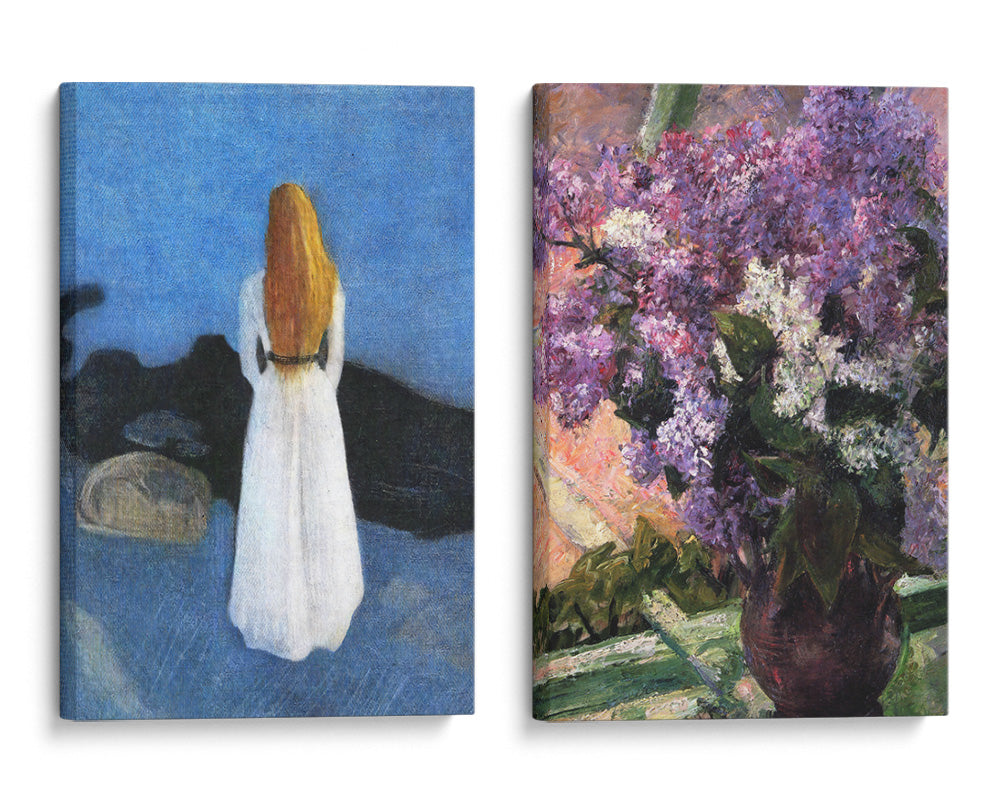62899191957
//kanvah.com/cdn/shop/files/to-be-looked-at-from-the-other-side-of-the-glass-with-one-eye-close-to-for-almost-an-hour-1918.jpg?v=1724872247
//kanvah.com/cdn/shop/files/to-be-looked-at-from-the-other-side-of-the-glass-with-one-eye-close-to-for-almost-an-hour-1918_20___20Framed_vertical-angled_3-4_BLACK.jpg?v=1736005466
1.0
//kanvah.com/cdn/shop/files/to-be-looked-at-from-the-other-side-of-the-glass-with-one-eye-close-to-for-almost-an-hour-1918_20___20Framed_vertical-angled_3-4_BLACK.jpg?v=1736005466 1.0
//kanvah.com/cdn/shop/files/Mockup-Portrait-3-4_E2_80_9418-to-be-looked-at-from-the-other-side-of-the-glass-with-one-eye-close-to-for-almost-an-hour-1918.jpg?v=1736005466 1.0
//kanvah.com/cdn/shop/files/Mockup-Portrait-3-4_E2_80_9419-to-be-looked-at-from-the-other-side-of-the-glass-with-one-eye-close-to-for-almost-an-hour-1918.jpg?v=1736005466 1.0
//kanvah.com/cdn/shop/files/Mockup-Portrait-3-4_E2_80_9420-to-be-looked-at-from-the-other-side-of-the-glass-with-one-eye-close-to-for-almost-an-hour-1918.jpg?v=1736005466 1.0
//kanvah.com/cdn/shop/files/Mockup-Portrait-3-4_E2_80_9411-to-be-looked-at-from-the-other-side-of-the-glass-with-one-eye-close-to-for-almost-an-hour-1918.jpg?v=1736005466 1.0
//kanvah.com/cdn/shop/files/Mockup-Portrait-3-4_E2_80_9412-to-be-looked-at-from-the-other-side-of-the-glass-with-one-eye-close-to-for-almost-an-hour-1918.jpg?v=1736005466 1.0
//kanvah.com/cdn/shop/files/Mockup-Portrait-3-4_E2_80_9413-to-be-looked-at-from-the-other-side-of-the-glass-with-one-eye-close-to-for-almost-an-hour-1918.jpg?v=1736005466 1.0
//kanvah.com/cdn/shop/files/Mockup-Portrait-3-4_E2_80_9414-to-be-looked-at-from-the-other-side-of-the-glass-with-one-eye-close-to-for-almost-an-hour-1918.jpg?v=1736005466 1.0
//kanvah.com/cdn/shop/files/Mockup-Portrait-3-4_E2_80_9415-to-be-looked-at-from-the-other-side-of-the-glass-with-one-eye-close-to-for-almost-an-hour-1918.jpg?v=1736005466 1.0
//kanvah.com/cdn/shop/files/Mockup-Portrait-3-4_E2_80_9416-to-be-looked-at-from-the-other-side-of-the-glass-with-one-eye-close-to-for-almost-an-hour-1918.jpg?v=1736005466 1.0
//kanvah.com/cdn/shop/files/Mockup-Portrait-3-4_E2_80_9417-to-be-looked-at-from-the-other-side-of-the-glass-with-one-eye-close-to-for-almost-an-hour-1918.jpg?v=1736005466 1.0
//kanvah.com/cdn/shop/files/to-be-looked-at-from-the-other-side-of-the-glass-with-one-eye-close-to-for-almost-an-hour-1918_20___20Canvas_vertical-angled_3-4_0.75.jpg?v=1736005466 1.0
//kanvah.com/cdn/shop/files/to-be-looked-at-from-the-other-side-of-the-glass-with-one-eye-close-to-for-almost-an-hour-1918_20___20Framed_vertical-angled_3-4_WHITE.jpg?v=1736005466 1.0
//kanvah.com/cdn/shop/files/to-be-looked-at-from-the-other-side-of-the-glass-with-one-eye-close-to-for-almost-an-hour-1918_20___20Framed_vertical-angled_3-4_GOLD.jpg?v=1736005466 1.0
//kanvah.com/cdn/shop/files/to-be-looked-at-from-the-other-side-of-the-glass-with-one-eye-close-to-for-almost-an-hour-1918_20___20Framed_vertical-angled_3-4_SILVER.jpg?v=1736005466 1.0
Marcel Duchamp's "To Be Looked at (from the Other Side of the Glass) with One Eye, Close to, for Almost an Hour": A Journey into Obscurity, Perspective, and the Deceptiveness of Appearances
Step into the enigmatic realm of Marcel Duchamp's "To Be Looked at (from the Other Side of the Glass) with One Eye, Close to, for Almost an Hour," a perplexing masterpiece that challenges our perception of art and reality.
Exploring Duchamp's Techniques: Obscurity and Visual Ambiguity
Duchamp's work presents a seemingly simple, yet intentionally obscured image. A magnifying glass is placed over a small reproduction of a woman's eye, creating a distorted and fragmented view. This obscurity forces the viewer to question what they see, blurring the lines between reality and illusion.
Beyond the Image: Perspective and Perception
The title of the artwork provides a set of instructions that guide the viewer's interaction. The specific instructions, such as holding the magnifying glass close to one eye for an extended period, create a unique and intimate viewing experience. It compels the viewer to engage with the artwork in a way that challenges their conventional perspective.
Artistic Context: Dadaism and the Rejection of Tradition
"To Be Looked at" emerged during the Dada movement, an art movement that defied artistic conventions and questioned the very nature of art. Duchamp's work aligns with this spirit, rejecting traditional artistic norms and embracing ambiguity and provocation.
Feelings Conveyed: Curiosity, Frustration, and the Questioning of Certainty
Duchamp's work does not evoke straightforward emotions. Instead, it invites curiosity and prompts a sense of frustration as the viewer struggles to decipher its meaning. It challenges our assumptions about what art should be, encouraging us to question the certainty of our own perceptions.
Experience the Enigma in Your Own Space
This museum-quality canvas print captures the enigmatic essence of Duchamp's original. "To Be Looked at" becomes a conversation starter, sparking discussions about perception, the nature of reality, and the boundaries of art. Its unique and thought-provoking qualities will make it a cherished addition to your home.
Let Marcel Duchamp's "To Be Looked at" challenge your assumptions, expand your perception, and remind you of the power of art to question and provoke.
45822618730645
45822618730645::12" x 16" / Fine Art Poster::::,
45822618763413::18" x 24" / Fine Art Poster::::,
45822618796181::24" x 32" / Fine Art Poster::::,
45822618828949::36" x 48" / Fine Art Poster::::,
45822618861717::45" x 60" / Fine Art Poster::::,
43994138706069::12" x 16" / Canvas::::,
43994138771605::18" x 24" / Canvas::::,
43994138837141::24" x 32" / Canvas::::,
43994138902677::36" x 48" / Canvas::::,
43994138935445::45" x 60" / Canvas::::,
43994139000981::12" x 16" / White Frame::::,
43994139066517::18" x 24" / White Frame::::,
43994139132053::24" x 32" / White Frame::::,
43994139197589::36" x 48" / White Frame::::,
43994139230357::45" x 60" / White Frame::::,
43994139263125::12" x 16" / Black Frame::::,
43994139328661::18" x 24" / Black Frame::::,
43994139394197::24" x 32" / Black Frame::::,
43994139426965::36" x 48" / Black Frame::::,
43994139459733::45" x 60" / Black Frame::::,
ar-view-on-your-wall



















